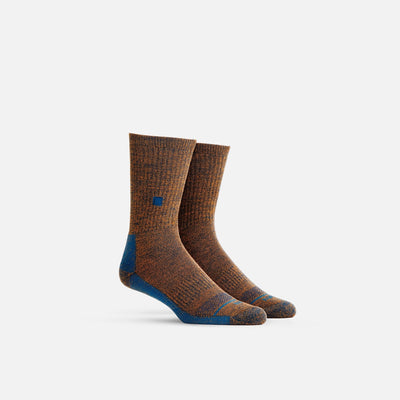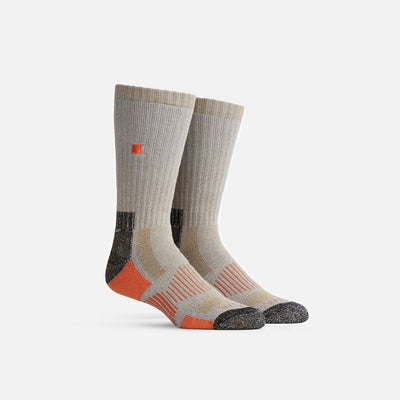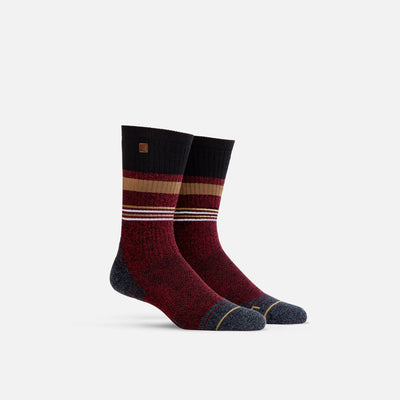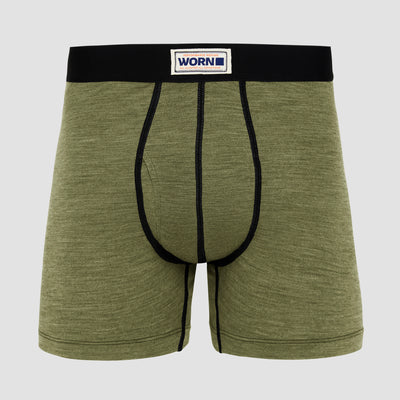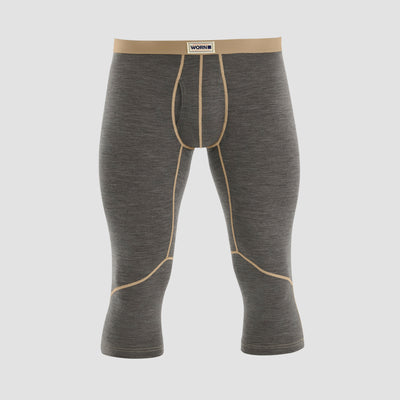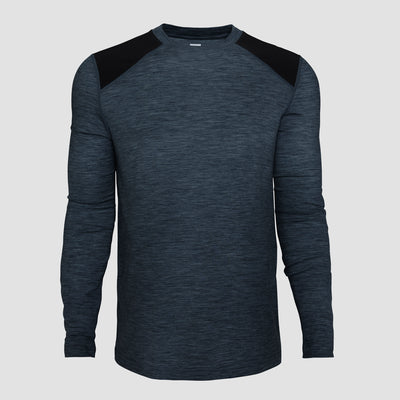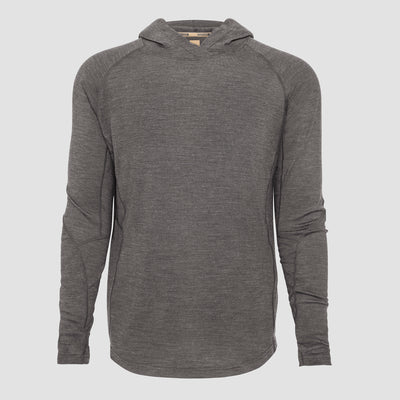10 Facts You Didn’t Know about Cotton

Cotton is one of the biggest industries on the planet, and there is a ton of information out there about this important plant and the zillions of consumer products that use it. A lot of it is more rumor than fact, and sometimes it’s tough to tell the difference between the two, especially on the internet. To make this list of surprising cotton facts, we stuck to legitimate research:
#1: The United States is the world’s 3rd largest cotton producer—but almost none of it is milled within the country. While the US grows about 15 million bales of cotton annually, the vast majority is shipped overseas for further processing, most commonly to Vietnam, China, or Turkey. Even if the cotton for your socks or t-shirt was grown in America, the odds are very high that it has traveled across the ocean twice.
#2: Cotton gets smelly—it’s science! Pity the researchers in this carefully controlled scientific experiment who “investigated the intensity of odor” by sniffing patches of different textiles that were worn in the armpits of male volunteers. Our intrepid scientists, smelling for “musky, urinous, or acidic” odors, found that the stench on the cotton was about 40% more intense than that of wool (and polyester was even worse—yikes!).
#3: Cotton can absorb up to 24 times its weight in water. That’s remarkable, and it’s great for towels, but it also helps explain why cotton clothing can be so uncomfortable (and even dangerous) when it’s wet. Cotton absorbs water like a sponge and quickly loses its ability to insulate, which makes it a real hypothermia risk for hikers and outdoor enthusiasts.
#4: The global cotton industry is especially threatened by climate change. Cotton 2040, an initiative founded to spur sustainable cotton farming, found that half of the world’s cotton-growing regions “will face drastic changes” due to the increased prevalence of climate hazards such as high temperatures, wildfires, and drought.
#5: Not so eco-friendly. Many consumers believe that cotton performs better when it’s woven with synthetic fabrics like polyester. It’s nice for customers, but bad news for the environment. The average American throws away over 80 pounds of clothing every year, and the vast majority ends up in landfills. Cotton is biodegradable, but you know what isn’t? The billions of tiny plastic fibers that go into cotton/poly blends, one of the world’s most popular fabrics.
#6: Cotton farming accounts for a whopping 16% of the world’s insecticide use, despite making up only 2.5% of global cropland. To try to reduce reliance on such poisons, farmers have turned to genetically modified (GMO) cottons designed to resist pests such as the bollworm, but there’s a catch: a decline in quality.
#7: Cottonseed oil is big business! Largely a byproduct of fabric production, is itself a global industry valued at nearly $3 billion. These oils are used in a huge variety of ways, from asphalt roofing shingles and nitroglycerine to salad dressing.
#8: Cotton is a thirsty crop. It takes about 10,000 liters of water to produce one kilogram of cotton. That means hundreds of gallons—several years of drinking water for one adult—to make a single t-shirt. In dry and marginal growing regions, such as northern India, cotton agriculture is even less efficient, which means that the plant plays an outsized role in the global water scarcity crisis.
#9: Almost all of the cotton used commercially is from one species of cotton plant. There are four species that are grown commercially, but upland cotton, which dominates due to its “high production and better yield potential,” represents over 95%. Other cotton varietals, such as pima, are mostly limited to the luxury market.
#10: Cotton for breakfast? Cotton is inedible without undergoing a purification process—at least, it used to be! In 2018, the USDA approved a new strain of cotton that has been genetically modified to be virtually toxin-free. Sooner or later GMO cotton seeds, not just the oil, might find their way into the grocery store.
Enjoy these facts? Read more about cotton use in our article, Buying Habits: Why Your Socks Have Holes.



